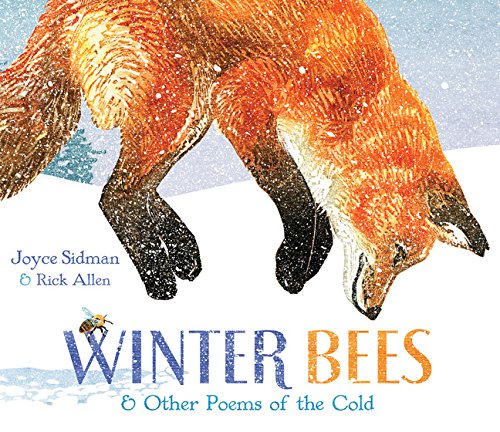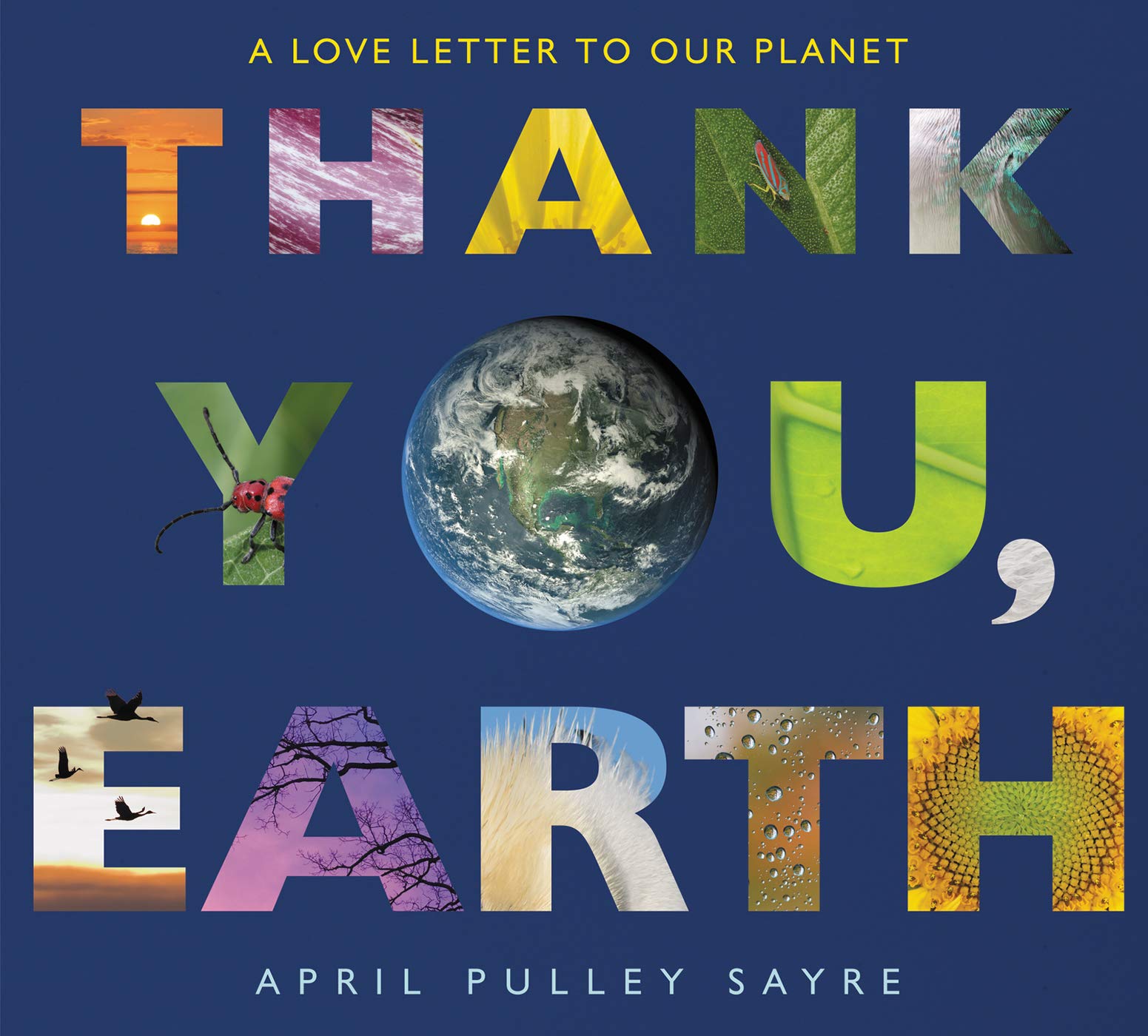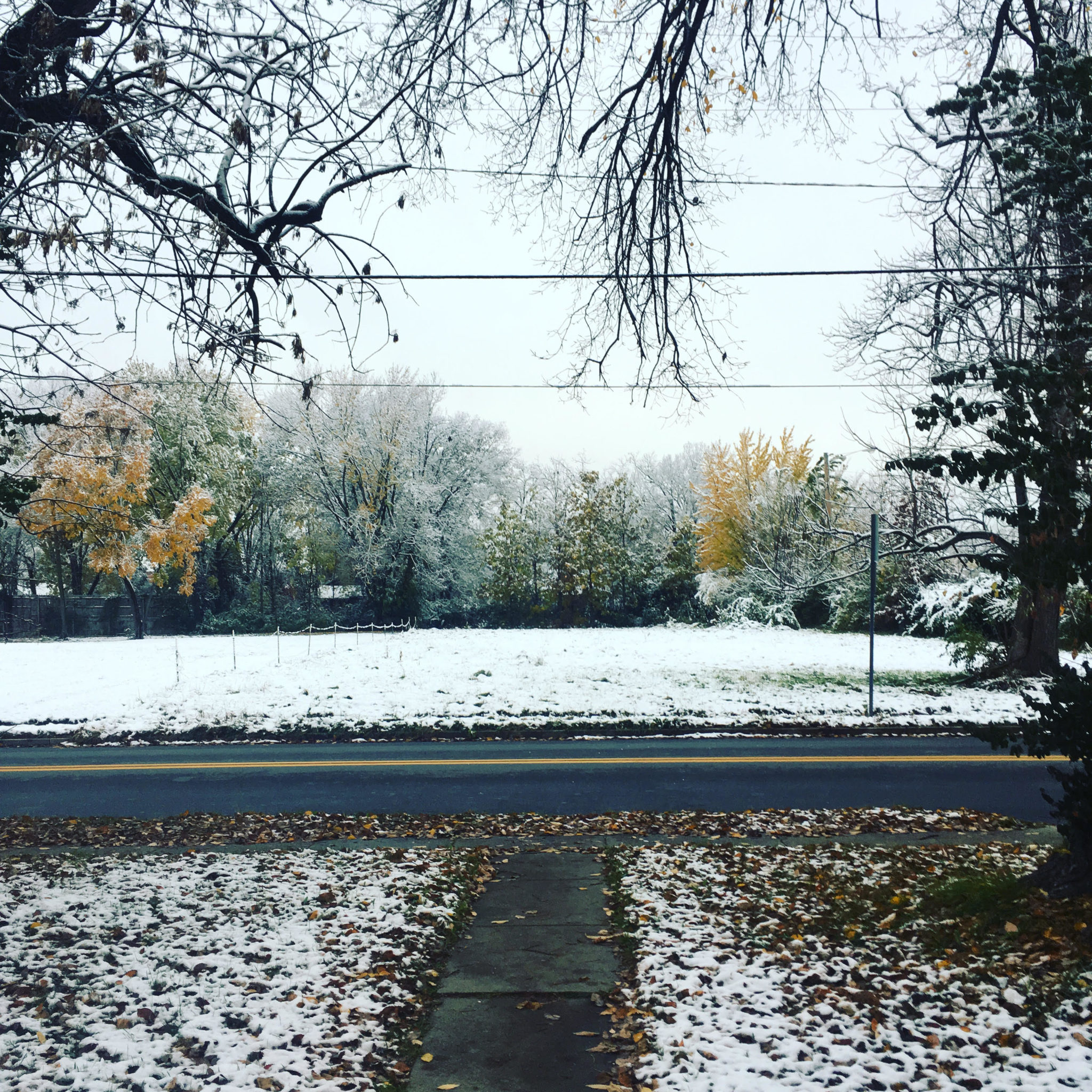 The clocks have changed, the days are getting shorter and here in central Missouri, winter has come with plenty of its characteristic frost and wind. For some, this season and its chill are a welcomed time to gather together in celebration and anticipation, to share stories of the past and make goals for the new year. For others, these colder, darker days are difficult to get through, especially when the previous year (or more) has come with its own challenges and heartaches. Wherever you fall on this continuum, I hope you can find some salve and some brilliance, or even some simple moments of “this gets me” resonance, in the following books of poetry which embody the many reflective moods of this season.
The clocks have changed, the days are getting shorter and here in central Missouri, winter has come with plenty of its characteristic frost and wind. For some, this season and its chill are a welcomed time to gather together in celebration and anticipation, to share stories of the past and make goals for the new year. For others, these colder, darker days are difficult to get through, especially when the previous year (or more) has come with its own challenges and heartaches. Wherever you fall on this continuum, I hope you can find some salve and some brilliance, or even some simple moments of “this gets me” resonance, in the following books of poetry which embody the many reflective moods of this season.
First up is one of my favorites, the absolutely gorgeous and scientifically factual “Winter Bees & Other Poems of the Cold” by Joyce Sidman and Rick Allen. Each poem in this inventive and whimsical book is told in the voice of an animal (or animals) experiencing winter in all its wonder and hardship. The poems’ lush and almost magical perspectives are balanced and contextualized by little blurbs that explain how each animal’s behavior, habitat, migration pattern or general experience is affected and sometimes challenged by the winter months. What results is a read that is both imaginatively electrifying as well as informative and interesting. A favorite poem of mine is the playful and moving call-and-response of “Brother Raven, Sister Wolf,” which begs to be read aloud again and again:
You are Squawker, Croaker,
Alarm-on-the-wind.You are Slinker, Shadow,
Nose-to-the-ground.…
Silver-winged Thief,
Yellow-eyed Snarler,
Stop following me!
Stop following me!
Really all of these poems should be shared aloud and can even be acted out as mini monologues. If you’re a fan of Planet Earth-like documentaries mixed in with storybook magic, these poems will delight night after night!
Speaking of the planet Earth, the next book on this list, April Pulley Sayre’s “Thank You, Earth: A Love Letter to Our Planet,” takes the form of an epistle (a fancy, poetic word for a letter) cataloguing the various parts and pieces of our world—its “curves / and prickles / and parallels / . . . all shapes that repeat”—as well as the kinds of journeys we take through its physical and sensory landscapes. For each phrase, often each word of the poem, the author pairs a stunning photograph to illustrate the kind of awe and beauty the book is thankful for. Beyond a simple list of reasons, at the end of the book, the author has also included a list of organizations and ideas for how we can “turn a thank you into action” and give back to the planet that gives us so much every day, in every season.
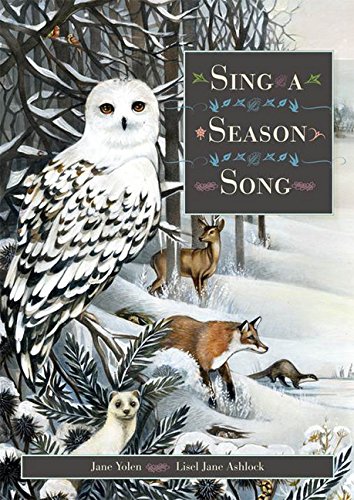 If you’re someone who already needs a break from the brisk trappings of winter, you might check out “Sing a Season Song” by Jane Yolen and Lisel Jane Ashlock or “Red Sings From Treetops: A Year in Colors” by Joyce Sidman and Pamela Zagarenski. Both of these texts detail the larger cycle of the seasons, illustrating the ongoing and ephemeral nature of each season. As Jane Yolen writes in “Sing a Season Song,” “Fingers and toes freeze / and cold makes my nose sneeze. / Turn the heat on, / then winter is gone.” It’s an important reminder that every moment (whether painful, delightful or some mix in-between) does not last forever: as the old saying goes, the only thing that is constant is change.
If you’re someone who already needs a break from the brisk trappings of winter, you might check out “Sing a Season Song” by Jane Yolen and Lisel Jane Ashlock or “Red Sings From Treetops: A Year in Colors” by Joyce Sidman and Pamela Zagarenski. Both of these texts detail the larger cycle of the seasons, illustrating the ongoing and ephemeral nature of each season. As Jane Yolen writes in “Sing a Season Song,” “Fingers and toes freeze / and cold makes my nose sneeze. / Turn the heat on, / then winter is gone.” It’s an important reminder that every moment (whether painful, delightful or some mix in-between) does not last forever: as the old saying goes, the only thing that is constant is change.
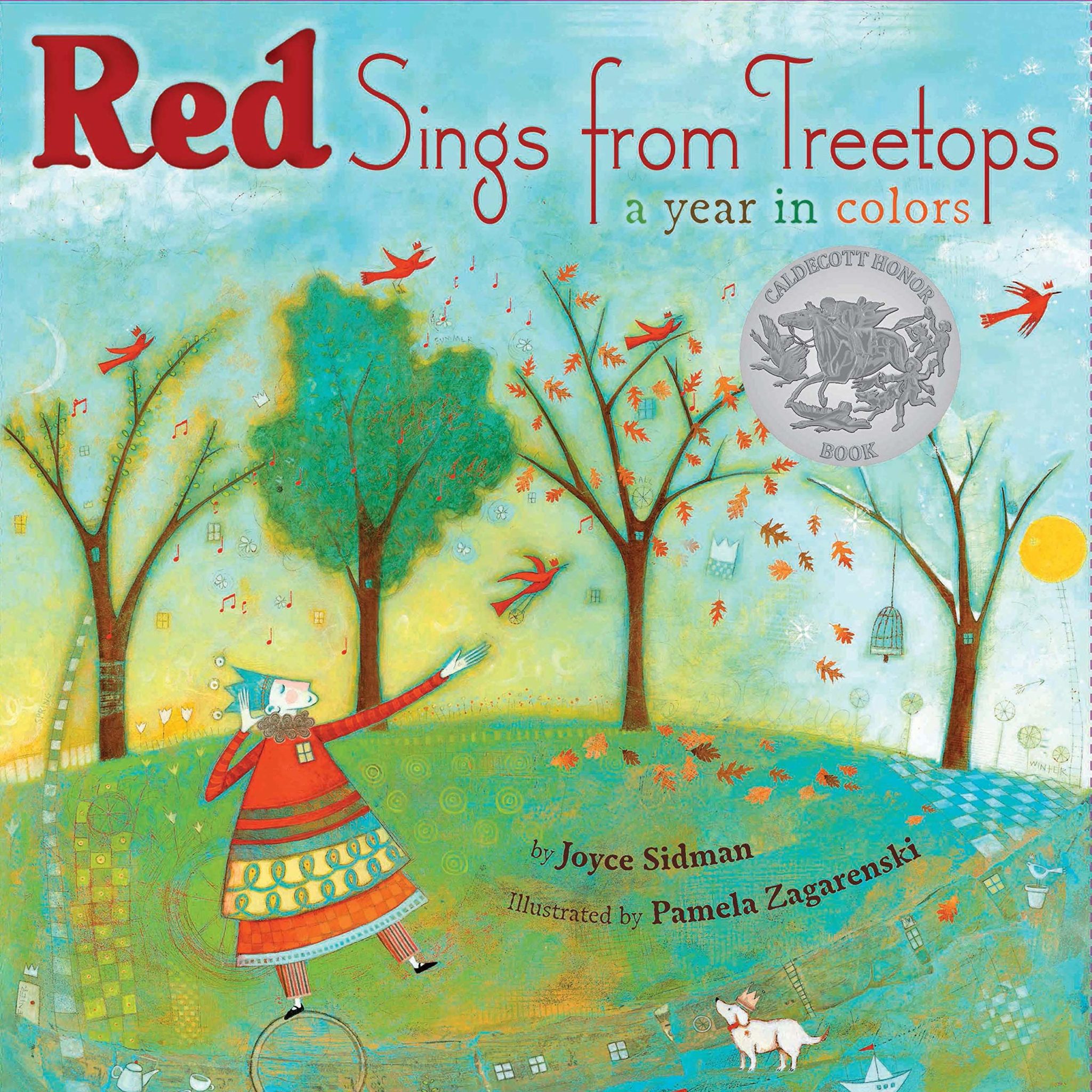 “Red Sings From Treetops” especially encourages its readers to consider this essential fact of life by highlighting in the text and in the accompanying illustrations how each color appears and disappears and reappears throughout the seasons. The language uses the poetic technique of synaesthesia, where various sensory experiences are used interchangeably to define and describe one another. Here’s an example from the book’s opening pages:
“Red Sings From Treetops” especially encourages its readers to consider this essential fact of life by highlighting in the text and in the accompanying illustrations how each color appears and disappears and reappears throughout the seasons. The language uses the poetic technique of synaesthesia, where various sensory experiences are used interchangeably to define and describe one another. Here’s an example from the book’s opening pages:
In SPRING,
Red sings
from treetops:
cheer-cheer-cheer,
each note dropping
like a cherry
into my ear.
The visual aspects of the color red are given another dimension in descriptions of sound and even taste. This simple yet powerful mixing of the senses creates a richer reading experience and reminds us that we are mixed up, multidimensional beings that exist in motion and in relation to the world around us. There’s wonder within the woe and woe within the wonder to be found no matter the season.
You can check out the rest of my poetry to end the year recommendations here. However you feel about this season, I wish you at least the tiniest bit of cheer, dropping like a cherry into your ear!

